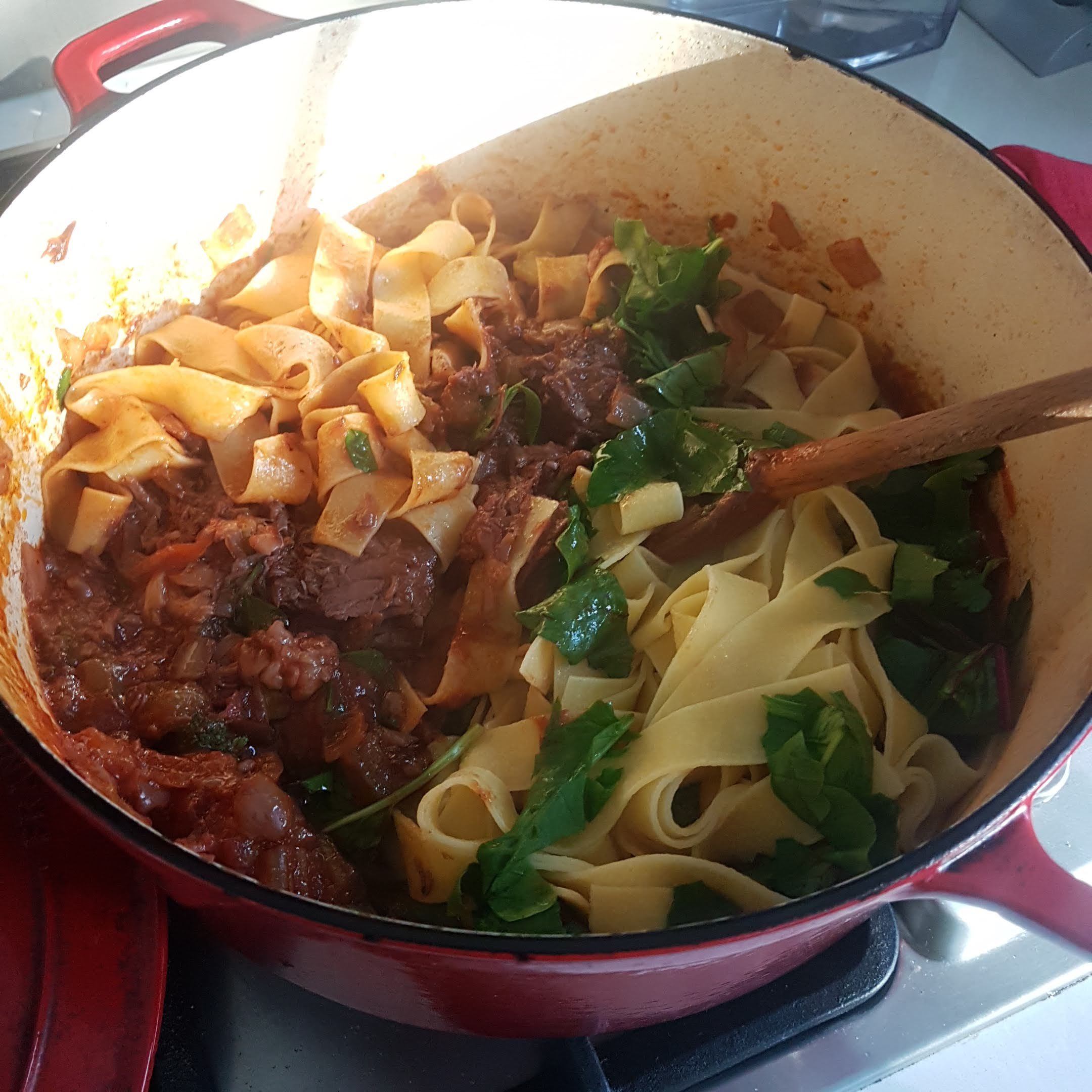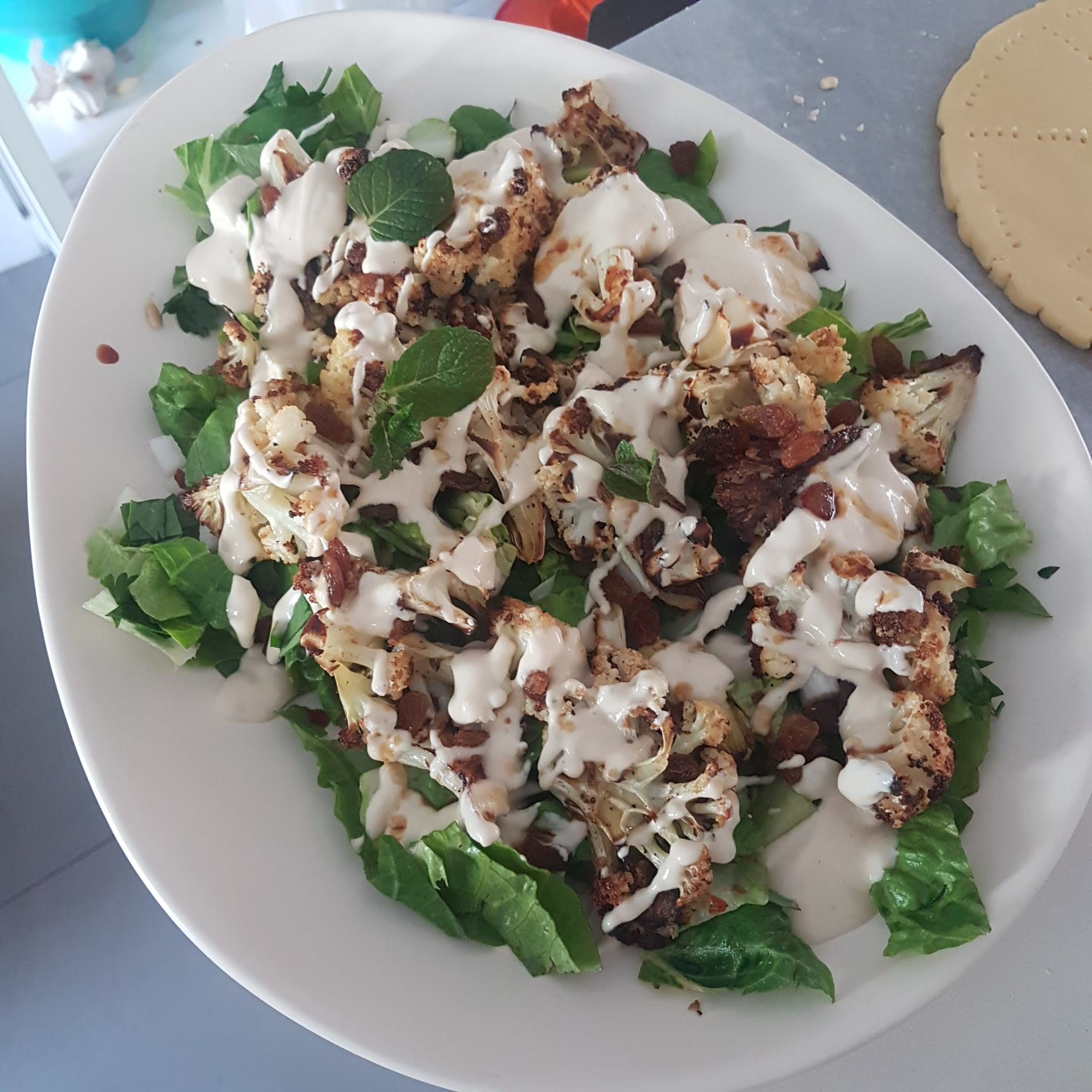The Bear
A lot of people asked me if I’d watched The Bear yet, and some warned me it might be a bit intense. It is an intense show, for anyone, the style reminds me a little of Baz Lurhman’s frenetic director energy in Moulin Rouge. The first series is about grief, family, loss, addiction. Chefs are… Continue reading The Bear

